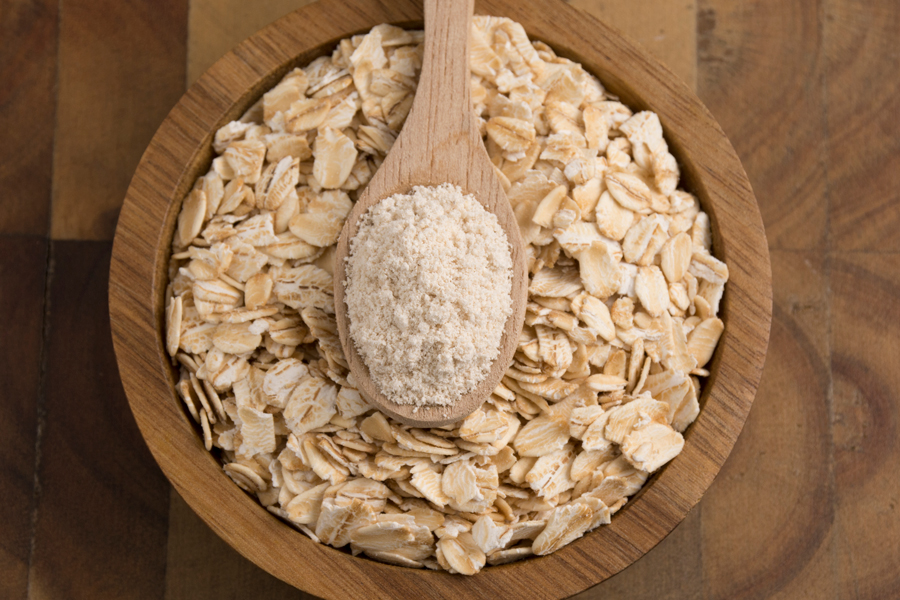Industry
-

Oat okara, the nutritious byproduct of oat milk processing, is rich in protein and dietary fiber. Current practices often discard okara or use it as animal feed. Produced in large quantities, it represents not only a sustainability challenge but also a significant economic opportunity. With potential applications in food fortification and as a cost-effective ingredient in baked goods, snacks, and more, utilizing oat okara can reduce waste and add value to the production chain. Unlocking its potential benefits both the environment and the food industry.
Hualu Zhou and Anthony Stevanus Suryamiharja
|
-

This horticulture publication is about the commercial production of southern peas.
Darbie M. Granberry and Timothy Coolong
|
-

Both rabbiteye and highbush blueberries are produced in Georgia. The plants can produce a commercially viable crop for years. The long-term nature of the investment in the blueberry orchard calls for periodic updates on the situation of the blueberry industry. Information about the location of plants, varieties, plant age, and the use of cultural practices are important in decisions to allocate resources. This report provides insights otherwise unavailable to the industry and an overview of the Georgia blueberry industry, which helps to shape the production and marketing strategies that extend beyond our state boundaries. Summaries included in this report help in accurate assessment of potential economic losses from damages to blueberry plants and the feasibility of programs protecting the value represented by orchards.
Wojciech J. Florkowski
|